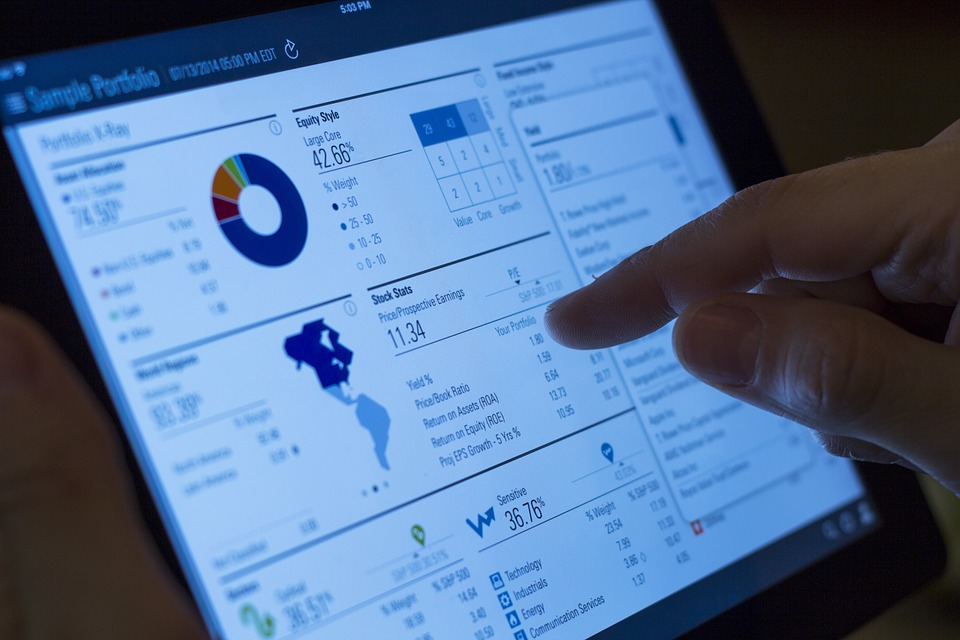Investment used to be quite the chore, whether you’re investing millions or loose change. Advanced apps significantly reduced the gap between investing and the effort required to do it.
All you need today to start investing is some research, a smartphone, and the right app. You don’t have to wait for quarterly reports or speak to financial advisors to be able to see a detailed analysis and forecast of your investment.
While investing a lot of money requires a significant amount of effort and organization, casual and little investments don’t really have to bear that cross. Whether you’re trading stocks, foreign currency, or cryptocurrency, you can create a detailed portfolio, perform transactions, and receive live updates from anywhere in the world by using investing apps.
We’ve created a brief guide to help get you up to speed on all there is to know with investing apps.
Micro-investment
Micro-investing is the equivalent of saving money in a jar to later put it into a minor investment. Micro-investing apps make it quite easy to save the extra pennies on certain transactions, put them into an account, and invest them in anything.
Certain platforms allow you to automate the process by permitting the debit/credit card transactions through it to shave a little extra every time you purchase something to put it into a micro-investing account. Traditional fees and limits of stocks don’t apply to micro-investments because the platform purchases fraction shares of stocks.
Micro-investment apps operate using exchange-traded funds, resulting in a high diversity of stocks and bonds that the app can invest in. While the profits are not as large as high-risk investments, the larger safety margin provided by micro-investment apps makes it very easy to get into investing thanks to the safety net.
It can even be used as an improved version of a savings account that provides interest over time, which can rack up to a pretty good value over time.
Cryptocurrency

Investing in cryptocurrency has been the latest rage in the last few years. The unpredictable market doesn’t make it easy for beginners to jump right in but various apps are changing this situation.
Cryptocurrency apps can combine different features like automation and low-value investments, in addition to the apps being e-wallets that can be used for purchases. The digital nature of cryptocurrency means that apps have a lot more control than they do with traditional forms of investments like stocks and bonds.
Since there are hundreds of cryptocurrencies available for trade, it’s easy to get lost while deciding on which one to invest in. Major investment apps will usually limit the number of cryptocurrencies available for trade to the ones that have the best track record in the market.
The novelty of cryptocurrency can lead to it being left out of many investment apps, leaving you with fewer choices. According to this comparison, the app, Acorn, limits its micro-investments to stocks and bonds, while Robinhood allows a broader selection of investments, including cryptocurrency. It’s important to figure out whether you’re adamant about investing in cryptocurrency before picking an investment app.
Robo-advisors and automation
Investment markets are very volatile, not to mention hard to grasp for beginners. Robo-advisors are robots designed to implement very complex theories and hypotheses to analyze financial markets. They are being used by numerous financial institutions and businesses to provide forecasts and deep analysis.
Robo-advisor apps use algorithms to find the best way to invest your money without you actually getting involved in most of the complicated processes along the way. Most apps will begin with a survey to determine the most efficient way to invest on your behalf, creating a portfolio that takes into account assets, risk, and age.
Automation services aren’t exclusive to robo-advisors; they’re also provided by manual investing apps to help you ensure that you make the right decisions at the right time.
Automatic buying or selling at certain thresholds is the most notable example of automation that almost all investment apps take advantage of. It’s important to note that these services aren’t provided as guidance, but as a way to facilitate the trading process by using technology.
When it’s time to choose an app to begin your investing journey, make sure to make a list of all the features you’d prefer to have, according to your experience level. Whether you’re looking for complete automation or manual operation, your budget has to be taken into account.
Those who like to play on the safe side should probably avoid investing in volatile markets unless they’re backed by their micro-investment apps. If you’re looking to make it big, look for apps that trade in stocks and cryptocurrency with high caps and low fees.





